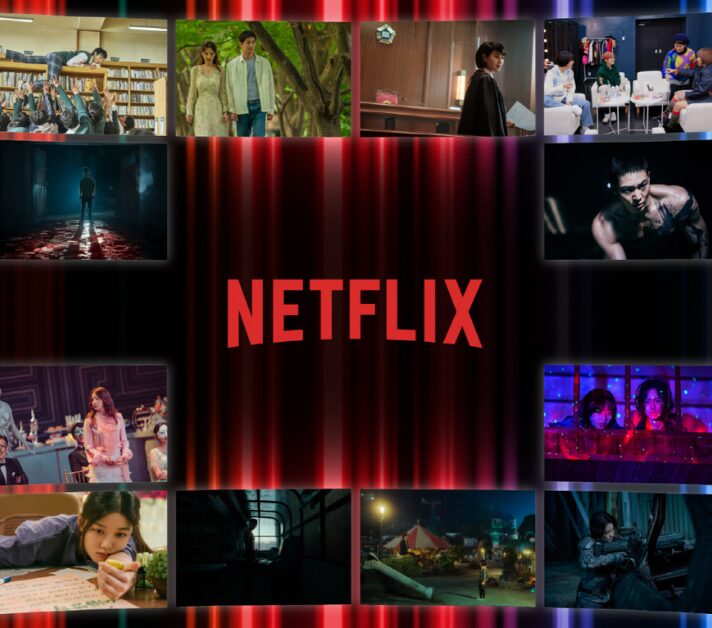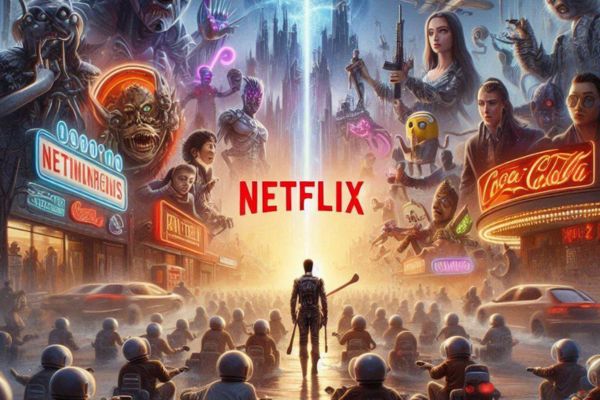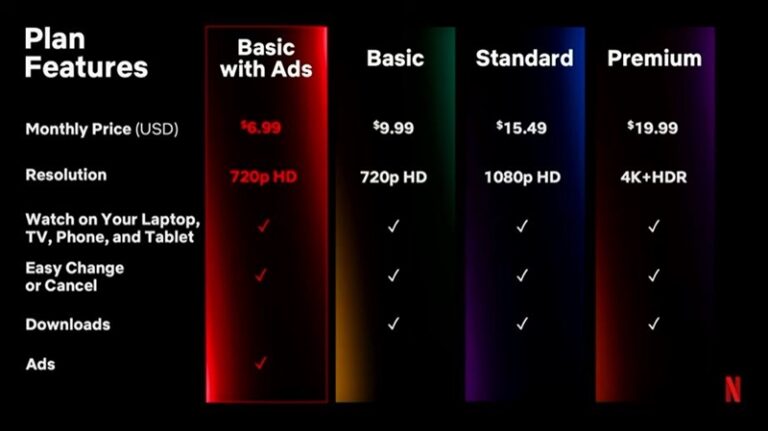How Netflix Algorithm Recommends Content
The Netflix algorithm recommends content by analyzing user behavior and preferences to deliver personalized viewing suggestions. In a world where countless shows and movies compete for our attention, Netflix’s sophisticated recommendation system plays a pivotal role in user engagement and satisfaction.
Understanding the Netflix Recommendation System
The Netflix recommendation system is designed to make content discovery seamless and enjoyable. By leveraging advanced machine learning techniques and vast amounts of user data, Netflix tailors its suggestions to meet the unique tastes of each viewer.
Data Collection and Analysis
The foundation of Netflix’s recommendation algorithm lies in the data it collects from its users. Every interaction, from what shows you watch to how long you spend on each title, provides valuable insights into your preferences. This extensive data collection includes:
- Viewing History: Netflix tracks what you watch and when you watch it. This helps the algorithm understand your preferences, such as genres, themes, and even specific actors or directors you prefer.
- User Ratings: Although Netflix has moved away from a star-rating system, users still provide feedback through thumbs up or down, which informs the algorithm about your likes and dislikes.
- Search Queries: The search terms you use also give Netflix clues about what you’re interested in, allowing them to refine their recommendations further.
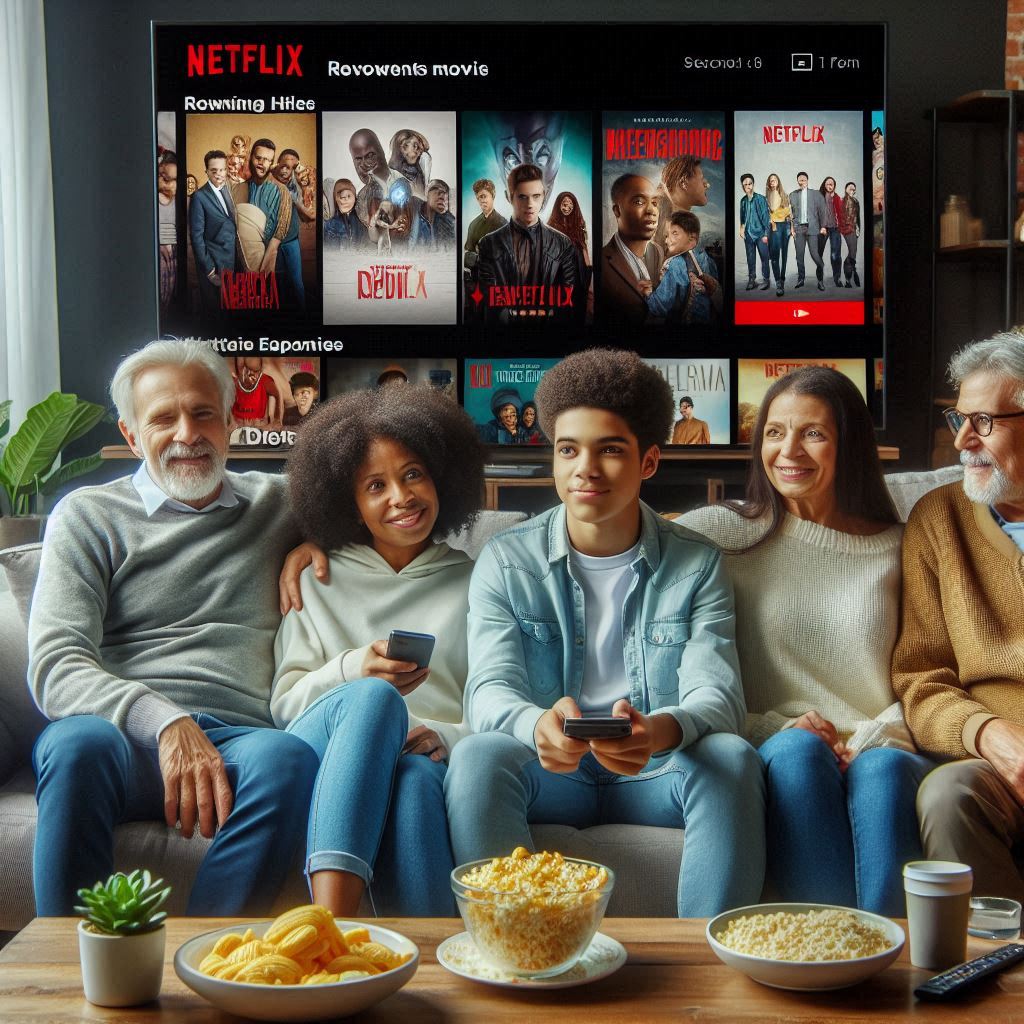
Content Personalization Techniques
The recommendations you see on Netflix are not random; they are the result of sophisticated algorithms designed to personalize content for individual users. This personalized experience is achieved through various techniques.
Collaborative Filtering
One of the primary methods used in Netflix’s recommendation system is collaborative filtering. This technique relies on the idea that users who have similar tastes in content will enjoy similar shows or movies. Collaborative filtering works in two main ways:
- User-Based Filtering: This approach identifies users with similar viewing habits and recommends content that those similar users enjoyed. For example, if User A and User B both enjoyed a series, and User A watched a new movie, that movie might be suggested to User B.
- Item-Based Filtering: Here, the algorithm looks at the relationships between different pieces of content. If you watch a specific series, the algorithm identifies other series that similar viewers also enjoyed, leading to recommendations based on content similarities rather than user similarities.
Content-Based Filtering
In addition to collaborative filtering, Netflix employs content-based filtering techniques. This method focuses on the attributes of the content itself rather than the behavior of other users. Content-based filtering considers factors such as:
- Genres and Categories: If you frequently watch sci-fi movies, the algorithm will prioritize similar genres in its recommendations.
- Cast and Crew: The algorithm takes note of actors, directors, and writers you tend to favor, suggesting more content featuring them.
- Keywords and Descriptions: Analyzing the metadata associated with each title, such as plot summaries and tags, helps the algorithm find titles that match your interests.
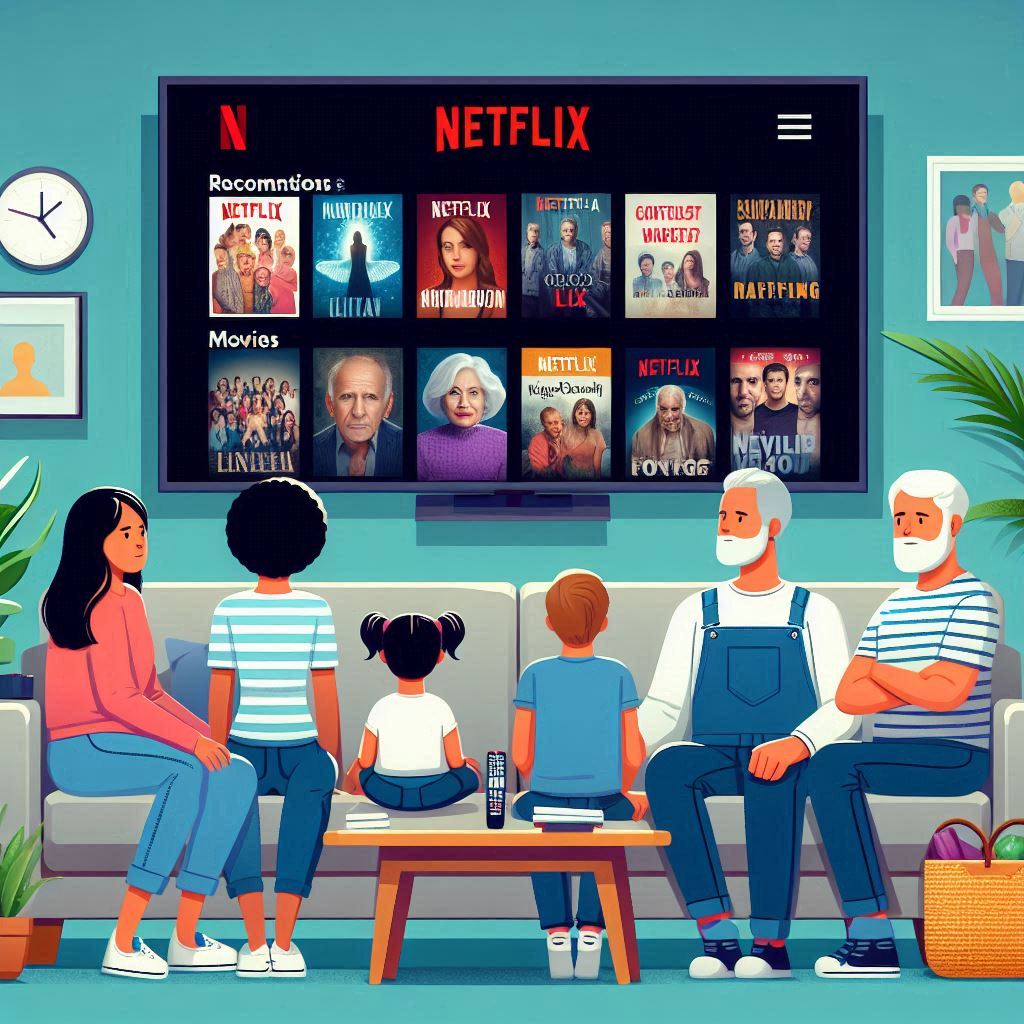
The Role of A/B Testing in Recommendations
Netflix constantly refines its recommendation system, and one of the key methods it employs is A/B testing. This process involves presenting different users with various recommendations to see which ones lead to higher engagement levels.
Continuous Improvement Through Testing
By regularly conducting A/B tests, Netflix can determine which recommendation strategies resonate best with users. The data gathered from these tests informs future decisions about the algorithm’s adjustments. For instance:
- Testing New Features: Netflix might experiment with different layouts for the homepage to see which format leads to more content consumption.
- Content Variation: They may also test recommending a wider variety of genres to certain user segments to gauge changes in viewing habits.
Data-Driven Decision Making
The insights gained from A/B testing help Netflix make data-driven decisions about its algorithm. This continuous improvement approach ensures that users receive only the most relevant and engaging recommendations.
Conclusion
In summary, the Netflix algorithm recommends content through a combination of user data analysis, collaborative and content-based filtering techniques, and rigorous A/B testing. This intricate system ensures that users have a personalized viewing experience, making it easier for them to discover new content they are likely to enjoy. By understanding how the algorithm works, viewers can appreciate the sophisticated technology behind their next binge-worthy series.
For further insights into how Netflix utilizes data to enhance user experience, you can visit their official blog.
